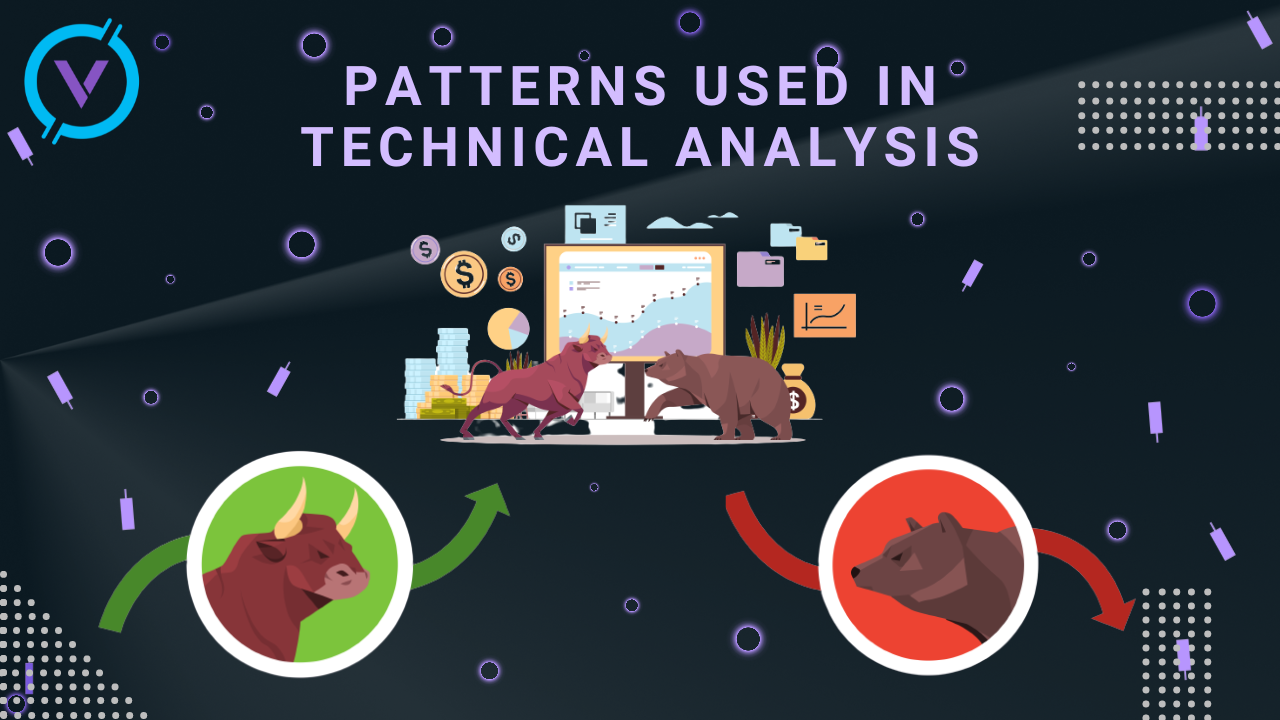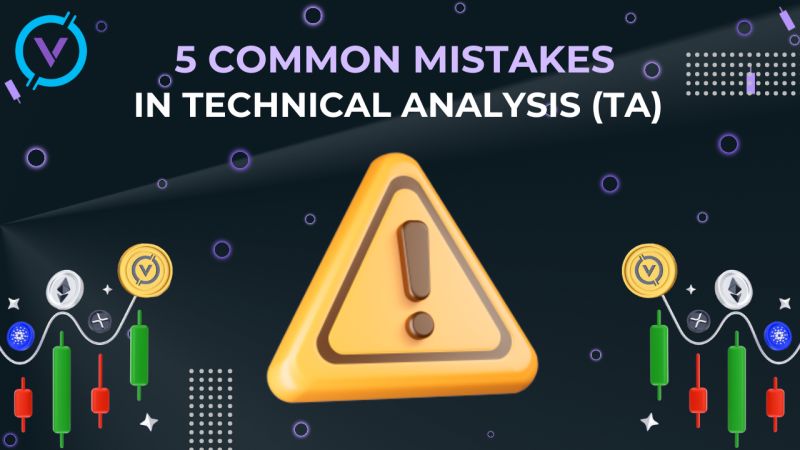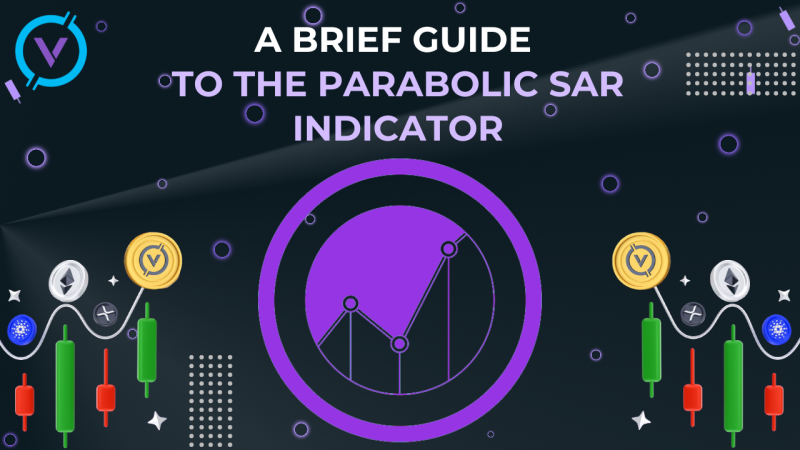In all financial markets, the price of any asset is shown in the form of charts that constantly change during the trading session depending on supply and demand. Candle analysis is used to predict the future direction of price movement.
A candle is a way of displaying information about the price movement of an asset. The candlestick chart is one of the most popular components of technical analysis, allowing traders to quickly and easily interpret price information from several price bars.
Before you can read candlestick patterns, you must learn to understand the structure of each individual candle. Each candle takes into account a certain period of time. It can be 1 minute, 60 minutes, a day, a week, etc.
Regardless of the time period, the candle represents four different values on the chart:
- The opening price at the beginning of the time period.
- Closing price at the end of the period.
- The highest price for a period of time.
- The lowest price for a period of time.
Compared to linear charts, a candle provides more data for analysis.
A number of candles on the chart can help traders more accurately determine the nature of price movement in the market, which helps in the decision-making process.
With candles, it is much easier to interpret the price action over a certain period of time.
Over time, individual candlesticks form patterns that traders can use to recognize the main support and resistance levels. There are a lot of candlestick patterns that indicate opportunities in the market - some give an idea of the balance between buying and selling pressure, while others determine continuation patterns or market indecision.
Before you start trading, it is important to familiarize yourself with the basics of candlestick patterns and find out how they can inform you about your decisions.

Bullish reversal patterns
1.Hammer
The hammer is one of the classic models of candle charts, it is a reversal model consisting of a single candle resembling a hammer. Identifying hammer candle patterns can help traders identify potential price reversal areas.
Hammer-type candles are formed when the opening, maximum and closing values are similar, but a long wick or shadow indicates that the price has reached significantly lower values before the candle closes. Candles can look like red or green candles, and the most determining factor is the ratio of the shadow to the body of the candle. Among technical traders, a standard has been adopted according to which the length of the wick under the body of the candle should be at least 2 times longer.
2. Inverted hammer
Inverted hammer candles are formed when the opening, low and closing values of the candle are similar, but the price reaches higher values before the candle closes. Like traditional hammer candles, they can be both green and red candles and help identify price reversals.
3. Three white soldiers
The "Three White Soldiers" pattern consists of three consecutive bullish candlesticks of green color, which is clear from the name. They usually appear at the end of a strong downtrend. The opening price of each candle is usually higher than the opening of the previous candle. Usually, the opening and closing points of the next candle are higher than the opening and closing points of the previous one.
It was mentioned earlier that the three white soldiers model usually appears when the downtrend comes to an end and the uptrend develops. This means that when you identify this description, it's time to place a purchase order.
4. Bullish harami
The bullish harami pattern consists of two candlesticks and signals a possible bullish reversal in the market. This bullish model cannot be used in isolation, but must be analyzed together with other indicators for appropriate confirmation. The word "harami" in Japanese means "pregnant".
The harami candlestick bullish pattern is a reversal pattern that appears at the bottom of a downtrend. It consists of a bearish candle with a large body, followed by a bullish candle with a small body, completely inside the range of the body of the red candle. The second candle signals a possible change in momentum, ideally it opens about the middle of the range of the previous candle.
Bearish reversal patterns
5. Hanging man
It appears with an uptrend, and signals its imminent change to a downtrend.
Graphically, this is a candle with a small short body (up to the formation of the doji "Dragon"), and a long lower shadow. There should be no upper shadow at all, or it should be very short. The color of the candle does not play a special role, but on small timeframes, the model with a black candle will be stronger.
6. Shooting star
Shooting star is a figure on the chart of Japanese candlesticks, which consists of one candle. This candle opens with the window up, has a short body and a long upper shadow. A shooting star is a bearish figure, i.e. it foreshadows a fall in the price of a financial instrument. Since a shooting star consists of only one candle, it is quite simple to determine it on the chart: you just need to check it for several criteria. If all the criteria match, then the figure is real, and the probability of a price drop will increase significantly.
The pattern got the name "shooting star" because of its appearance - a long tail and a small body resemble a falling star, leaving a trail behind.
7. Three black crows
Three black crows are a bearish reversal pattern. It consists of three large bearish candlesticks, which are sequentially arranged in the form of a ladder. At the same time, each of the three candlesticks should be relatively large with missing or small shadows.
This is a trend reversal pattern that should be considered only when it appears in an uptrend. Three black crows usually indicate the weakness of the uptrend and talk about the potential appearance of a downtrend.
8. Bearish harami
The bearish harami pattern is a reversal pattern that appears on the chart at the top of an uptrend. The pattern consists of a bullish candle with a large body, followed by a bearish candle with a small body that is completely within the body of the first candle.
The opposite of a bearish harami is a bullish harami figure that appears at the bottom of a downtrend.
9. Dark cloud cover
Dark cloud cover is a reversal pattern of Japanese candlesticks, indicating a change of bullish trend to bearish.
The first impression that a trader gets when getting acquainted with this pattern is its simplicity and ease of visual definition. After that, an understanding of the rather high reliability of forecasts for this figure is added to this.
Continuation patterns
10. Rising three methods
The "Rising Three Method” pattern is formed with an uptrend. Three red candlesticks with small bodies signal a possible continuation of the trend. The continuation is confirmed by the subsequent green candle with a large body.
A green candle with a large body indicates that the bulls are again in control of the trend direction.
11. Falling three methods
The three falling method is the bearish counterpart of the three rising method. This pattern indicates a continuation of the downtrend.
12. Doji
Japanese Doji candles are candles whose body is extremely small, and the shadows are long enough. The symmetry and length of the shadows play a secondary role in Doji. An important element of this type of Japanese candles is the body of the candle and its attributes.
The Doji candle is a pattern of uncertainty. Its distinctive feature is that the closing price completely coincides with the opening price (or almost completely, options are also considered in which the closing price is very close to the opening price).
- Gravestone Doji
Gravestone Doji is in most cases a reversal pattern that may appear at the end of an uptrend. It usually shows that buyers are losing power because they can no longer move the price up and sellers are taking control of the situation.
- Long-legged Doji
The "long-legged doji" usually appears after a strong, rapid uptrend or downtrend, and contains a more volatile price movement inside the candle, and accordingly the signal strength of this dodge will be stronger than the classic one.
- Dragonfly Doji
"Dragonfly" is an inverted "gravestone", has a long lower shadow and has no upper shadow. This dodge also signals a trend change, but already with a downtrend, and when it appears on an uptrend, it also requires subsequent confirmation.
Conclusion
Reading candle charts is largely based on the principle of technical analysis, which assumes that, regardless of the underlying fundamental or economic conditions, the current market price reflects all known information about the selected asset.
The reason why the price moves in a certain direction is often not necessarily important to technical traders. Instead, they are more interested in interpreting what the price action is doing at the moment and how they can take advantage of it. In addition, technical traders know that there can be many underlying causes of market fluctuations over time, and often the market does not always act "rationally".
Reading candle charts can be most useful during these unstable periods of irrational market behavior.


